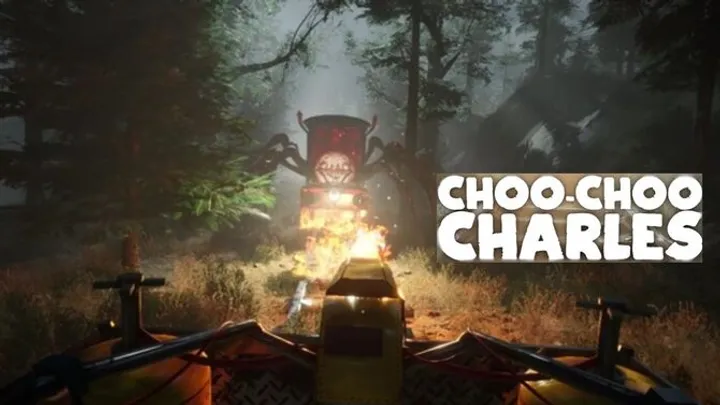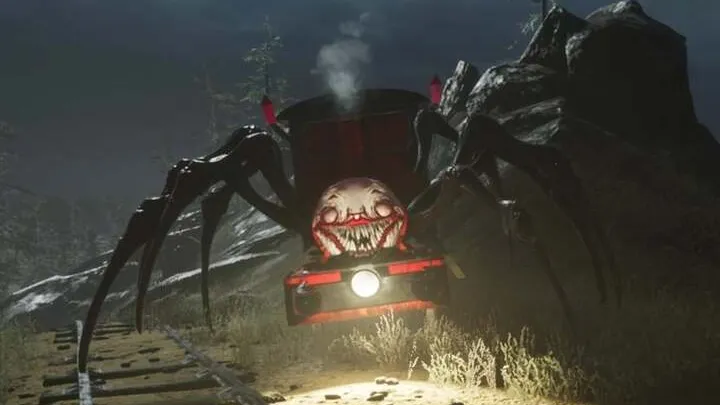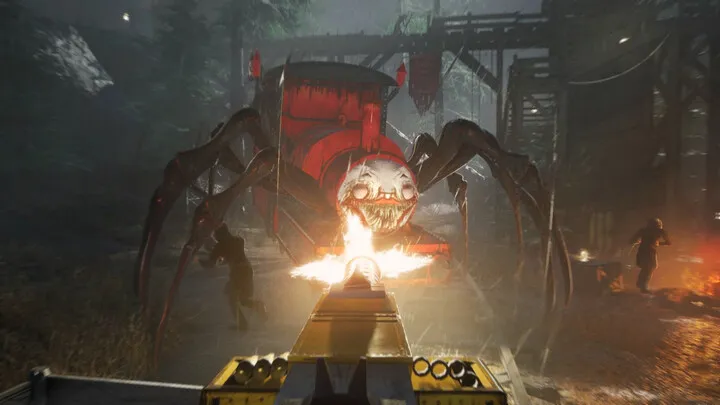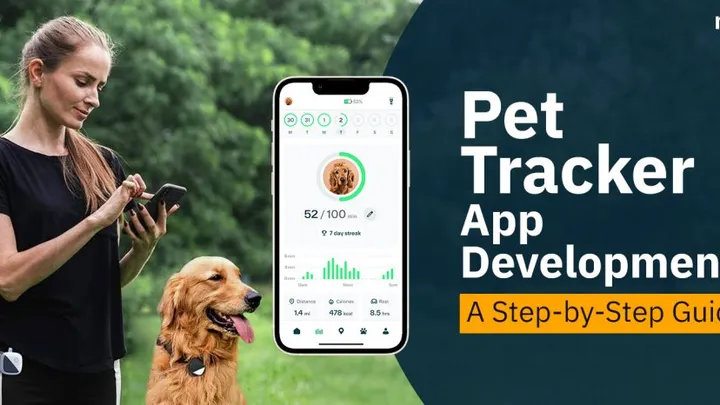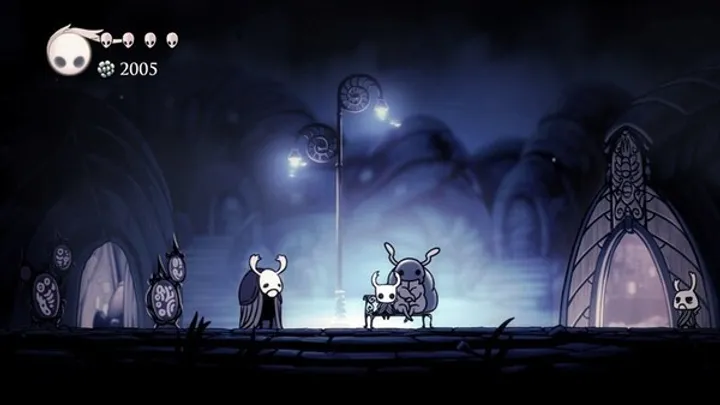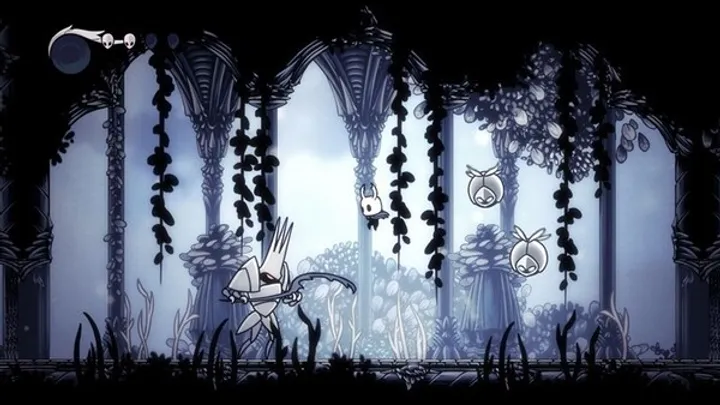Introduction
Party Animals is a lighthearted, chaotic, physics-based multiplayer brawler where you control adorable animals duking it out in whimsical arenas. With simple inputs—punch, kick, grab, throw, jump, and use weapons—Party Animals centers around improvisation, spatial awareness, and creative use of the environment.
Because of its physics, matches are unpredictable and full of surprises. To get good, you’ll want to sharpen your timing, understand movement quirks, exploit hazards, and master throw and grab techniques. This guide breaks down core mechanics, advanced tactics, map strategies, and ways to stay sharp in online play.
Here are the ten main sections we’ll cover:
- Getting Started & Basics
- Movement, Momentum, and Air Control
- Attacks, Grabs, and Throws
- Weapon Use and Environmental Tools
- Damage, Knockouts, and Stun States
- Map Hazards & Stage Strategy
- Character Differences & Choosing Your Animal
- Team Modes, Cooperation & Scoring
- Practice Routines & Mindset
- Competitive Tips & Adaptation
Let’s jump in.
1. Getting Started & Basics
When you boot up Party Animals, you’ll find basic controls mapped for punching, kicking, grabbing, throwing, jumping, and movement. The interface is simple — the fun comes from experimentation.
In your first few matches, focus on surviving rather than immediately going for kills. Because the physics are loose, many throws and movements will feel awkward at first. Don’t worry — each failure teaches you how the world reacts.
Start in casual or free play modes to get comfortable with timing, movement delay, and hitboxes. Learn how far your attacks reach and how quickly you recover from actions. Understanding these small details gives you an edge later.
2. Movement, Momentum, and Air Control
Ground Momentum & Dashing
Movement in Party Animals relies on physics. Your character has inertia, which means sudden direction changes feel sluggish. Master short dashes and controlled stops instead of running nonstop. Quick bursts give you speed and control.
Jumping & Air Control
Jumping offers limited control, but you can slightly adjust your direction mid-air. Use jumps to dodge throws, attack from above, or escape corners. Straight vertical jumps are safer, while long jumps expose you to counter-attacks.
Drop Kick, Momentum Cancels & Tricks
Advanced players mix movement and attacks to surprise opponents. For example, combining a heavy punch with a drop kick can cancel animations and add distance. This helps you hit opponents while staying mobile.
You can also perform spin dashes by swinging a two-handed weapon during a drop kick, propelling yourself forward while attacking. These techniques take practice but greatly improve your speed and pressure.
3. Attacks, Grabs, and Throws
Basic Hits & Combos
Punches and kicks are your primary attacks. Light attacks are quick but weak, while heavy attacks deal more knockback. Avoid spamming buttons — your hits will lose effectiveness if your opponent predicts them.
Combine attacks with movement: dash into a heavy punch, then follow with a kick to keep pressure. Timing matters more than speed; well-placed hits can send enemies flying.
Grabs & Throw Mechanics
Grabbing is one of the most powerful options. You can grab opponents or weapons. Once you’ve grabbed someone, hold a direction and the throw button to charge and release for extra distance.
Knowing when to grab is critical. If you’re near an edge or hazard, a grab can instantly eliminate an opponent. In open spaces, focus on attacking first to create openings for grabs.
Counter-Grabs & Escape
Grabs have wind-up time. Bait your opponent into grabbing, then dodge or interrupt to punish. If you’re grabbed, thrash and move your stick to reduce throw distance or change your landing spot.
4. Weapon Use and Environmental Tools
Weapon Types & Characteristics
Weapons add variety and power. Each weapon has unique properties — some have range, others hit harder or swing faster. Learn their timing and reach through experimentation.
Picking up a weapon early in a match can give you a huge advantage. Even weaker weapons become dangerous in skilled hands. Practice switching between weapon and unarmed fighting smoothly.
Using the Environment
Every map is full of hazards like pits, moving belts, and traps. Learn where they are and use them to your advantage. Throwing or pushing enemies into these hazards is often safer than direct combat.
Some maps include buttons or levers that activate traps. Watch for opportunities to lure enemies near them and trigger at the perfect time.
Drop Weapon Tactics
Sometimes, dropping your weapon strategically can bait an opponent into danger. For instance, you can drop a weapon to distract someone or trigger a trap while escaping. Creative weapon use often separates good players from great ones.
5. Damage, Knockouts, and Stun States
Damage & Knockback
Every hit increases a hidden damage level, which makes characters easier to knock back. The higher your damage, the farther you’ll fly from even small hits. Position yourself carefully when you’re at high damage.
Knockout Zones & Eliminations
You’re only eliminated when you’re knocked out of the map or into hazards. Staying near the center of the stage is safer. Always know where the edges and danger zones are.
Stun Windows & Combo Potential
Some attacks cause brief stun periods where your opponent can’t move. These moments let you chain additional hits or prepare a grab. Recognizing stun timing helps you maximize damage safely.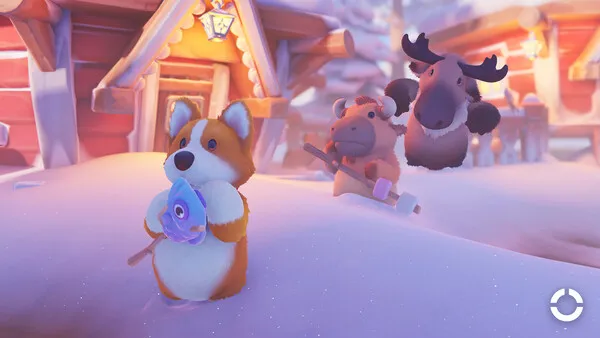
6. Map Hazards & Stage Strategy
Map Variants & Their Threats
Each map in Party Animals has its own layout and hazards. Some feature conveyor belts, ice floors, or moving platforms. Others have wind currents or rotating structures. Learn the environment before rushing into combat.
Controlling Center vs Edges
Controlling the center of the map gives you room to maneuver and reduces the chance of instant elimination. However, edges are where you can score kills quickly. Balance your aggression based on positioning.
Stage-Specific Tactics
- On moving platforms, jump and attack carefully to maintain balance.
- On slippery or icy stages, short movements prevent over-sliding.
- On vertical maps, stay alert for falling hazards and use upper levels to your advantage.
Every map rewards awareness more than reflexes — know your terrain.
7. Character Differences & Choosing Your Animal
Visual Variants, Same Moveset
Most animals share the same move set, meaning the main difference is visual. However, some skins have slightly different hitboxes or physics interactions. It’s best to experiment with a few to see which feels most natural.
Familiarizing Multiple Fighters
Try several characters to learn their nuances. Some feel heavier, while others move faster or handle weapons differently. Knowing multiple animals helps you adjust quickly in online lobbies.
Switching Mid-Loss Strategy
If you find yourself losing consistently, try switching animals or colors to reset your mindset. Sometimes a fresh perspective — or slightly different physics — can break losing streaks.
8. Team Modes, Cooperation & Scoring
Game Modes Overview
Party Animals includes several modes, such as Last Stand, Team Score, and The Lab. Each mode changes your priorities: in free-for-all, survival matters most; in team modes, cooperation is everything.
Team Synergy & Support
In team games, coordinate with allies. You can grab and throw enemies toward teammates or protect allies who are being grabbed. Pairing offense and defense wins more matches than solo play.
Communication & Awareness
If playing with friends, use voice chat to call out enemy positions, hazards, or weapon spawns. If solo, watch teammate movements and react accordingly. Awareness of surroundings is key to team victory.
9. Practice Routines & Mindset
Focused Practice Sessions
Improvement comes from deliberate practice. Spend a few minutes each session working on specific skills:
- 10 minutes throwing practice
- 10 minutes weapon timing
- 10 minutes hazard control
Targeted practice builds confidence faster than random play.
Watch and Learn
Observe skilled players to understand spacing, throw timing, and movement efficiency. Watching how others recover or counter can teach you advanced tricks without trial and error.
Stay Calm and Embrace Chaos
The game’s physics are intentionally unpredictable. You’ll slip, fly off maps, or lose in silly ways — and that’s part of the fun. Staying calm lets you learn and adapt faster than frustrated opponents.
10. Competitive Tips & Adaptation
Mind Games & Conditioning
Psychological play matters. Repeating actions conditions your opponent to expect patterns — then you can break them. Fake a grab, pause, and punch instead. Small mix-ups can decide close fights.
Adapt Mid-Match
If your plan isn’t working, adjust. Change positions, play defensively, or bait enemies into hazards. Adaptability wins over raw aggression in the long run.
Tournament Play & Rules Awareness
In competitive settings, certain maps or weapons may be banned. Learn the rules beforehand. Knowing which stages are active helps you prepare specialized strategies.
Conclusion
Party Animals is chaotic, fun, and deceptively deep. Beneath the cute visuals lies a game of timing, awareness, and creativity. The best players aren’t those who mash buttons — they’re the ones who think ahead, adapt quickly, and use physics to their advantage.
Don’t expect perfection right away. You’ll tumble, miss throws, and fall off edges countless times. But each match sharpens your instincts. Keep experimenting, stay patient, and soon you’ll turn the chaos into controlled victory.








